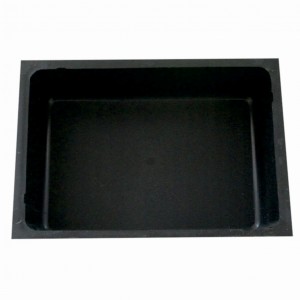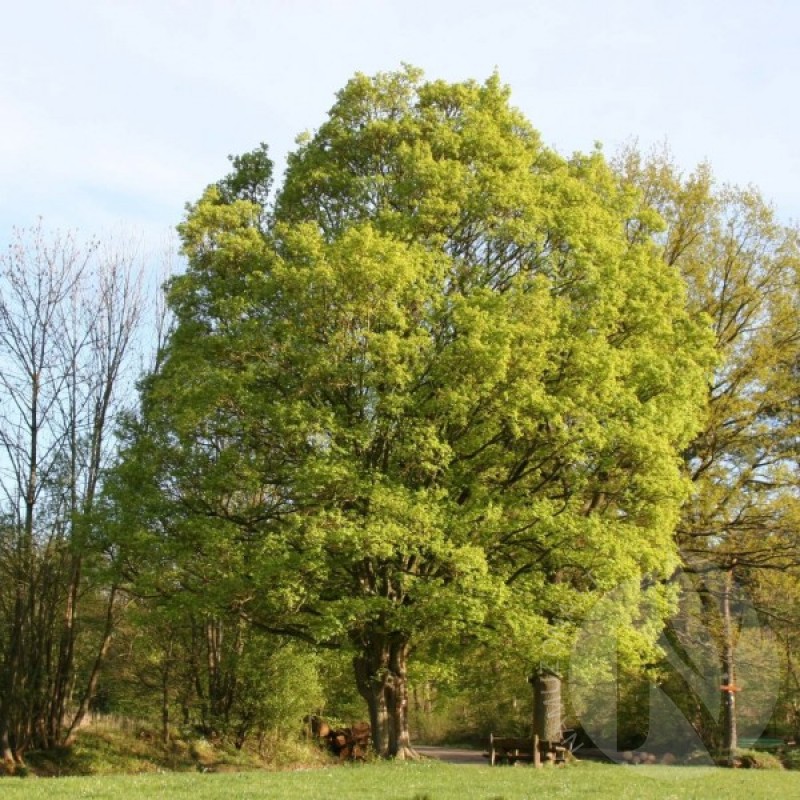
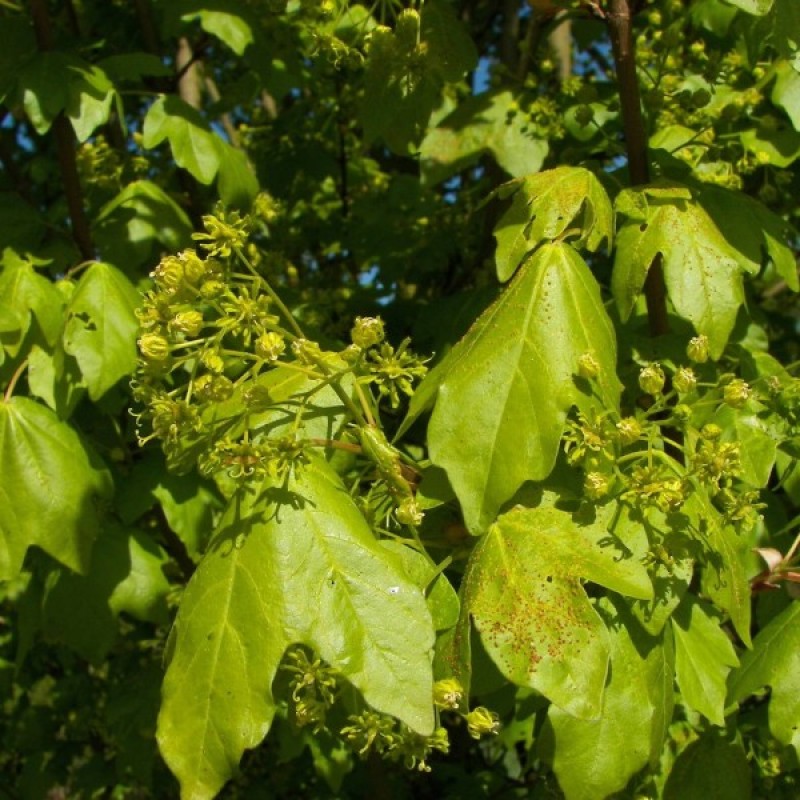
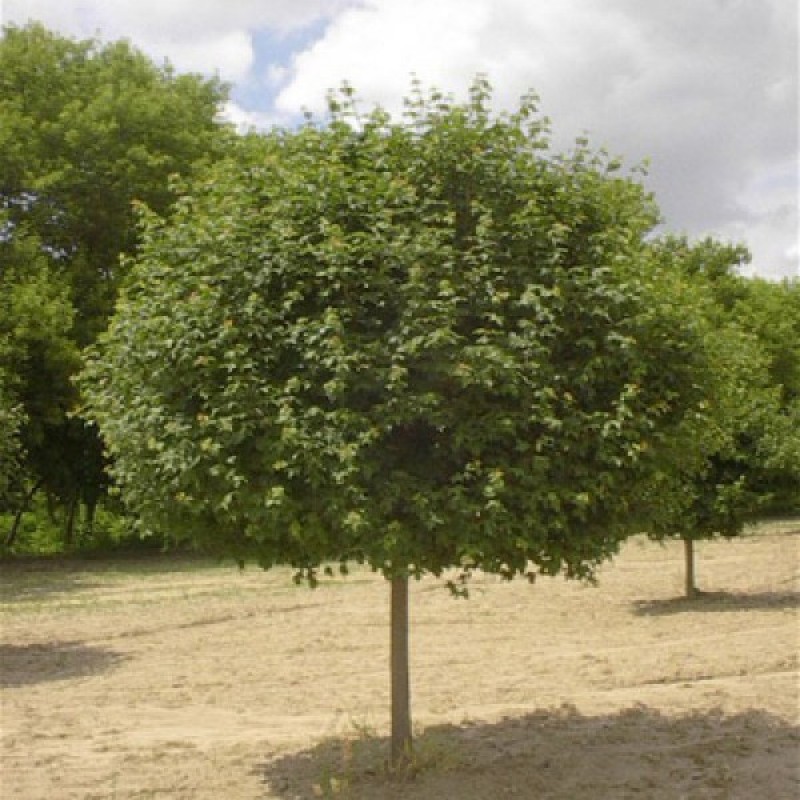
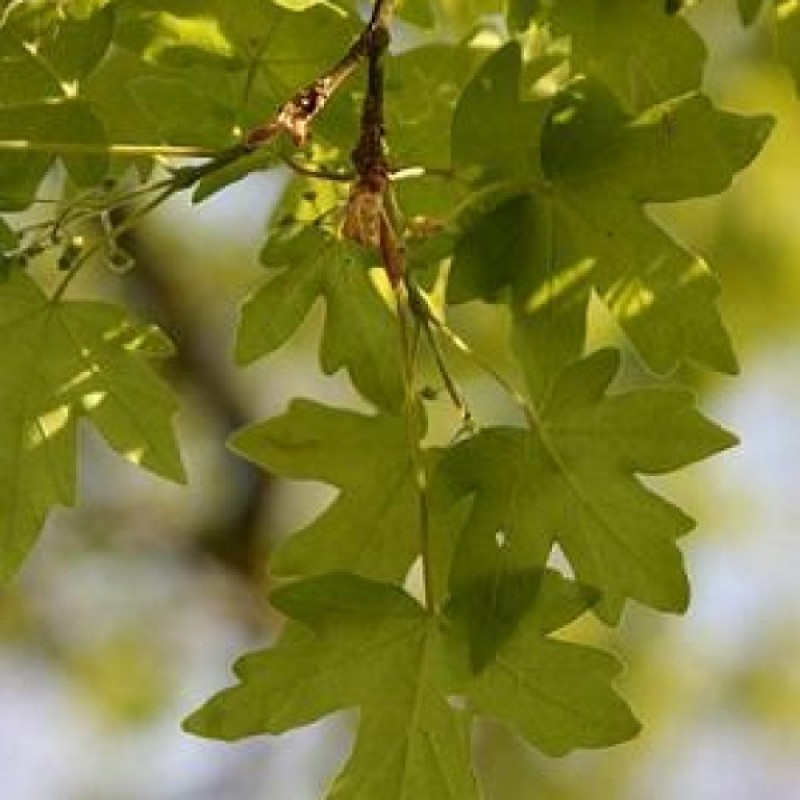
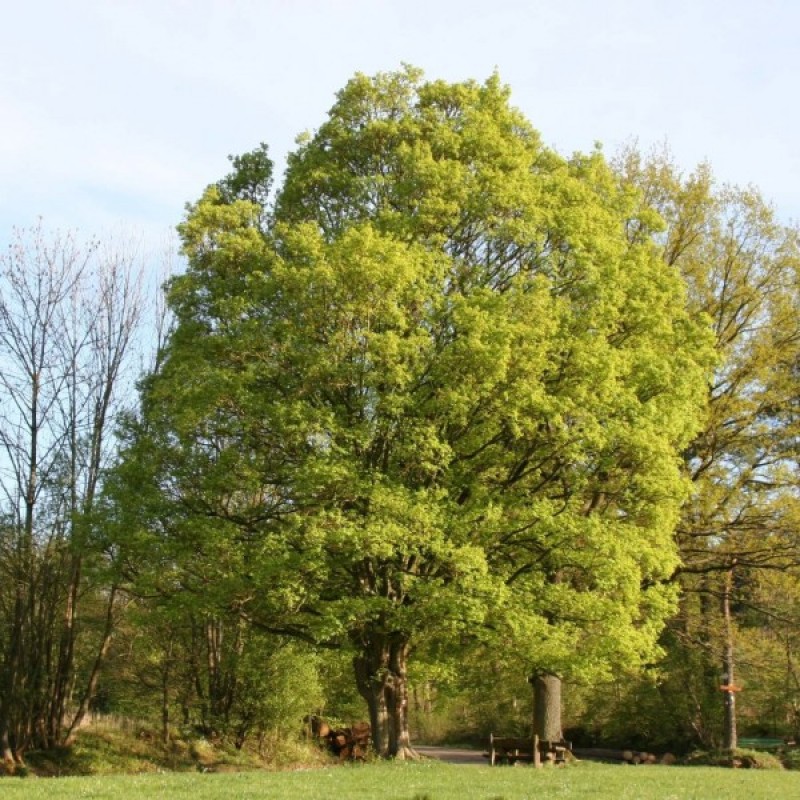
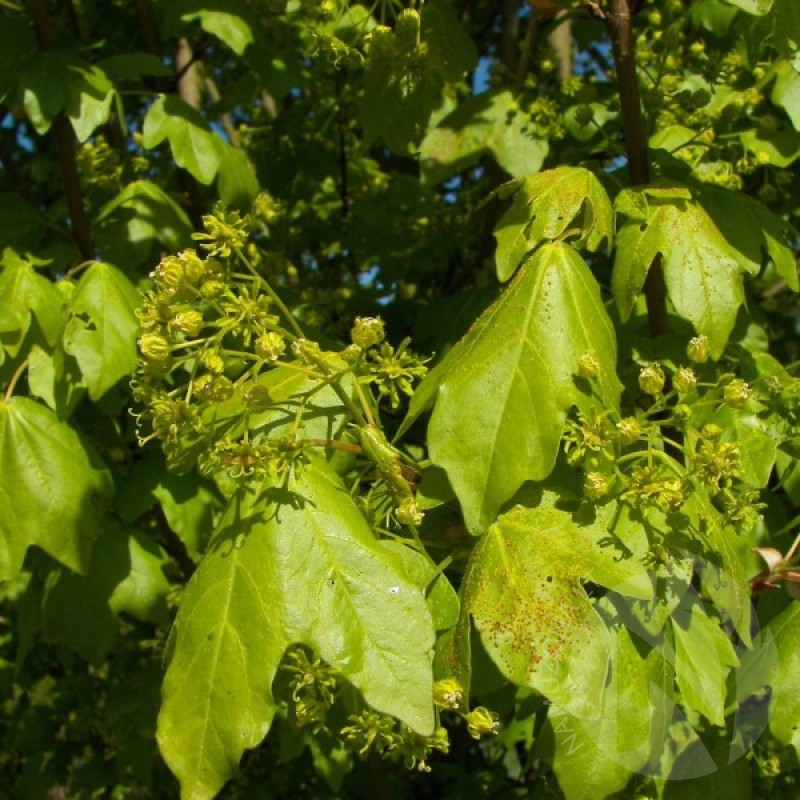
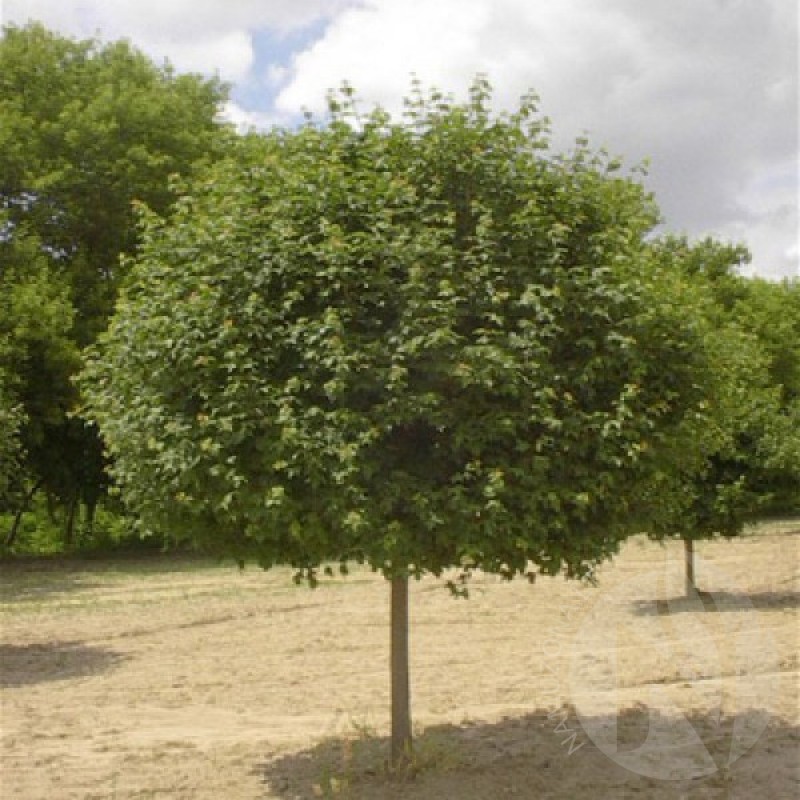
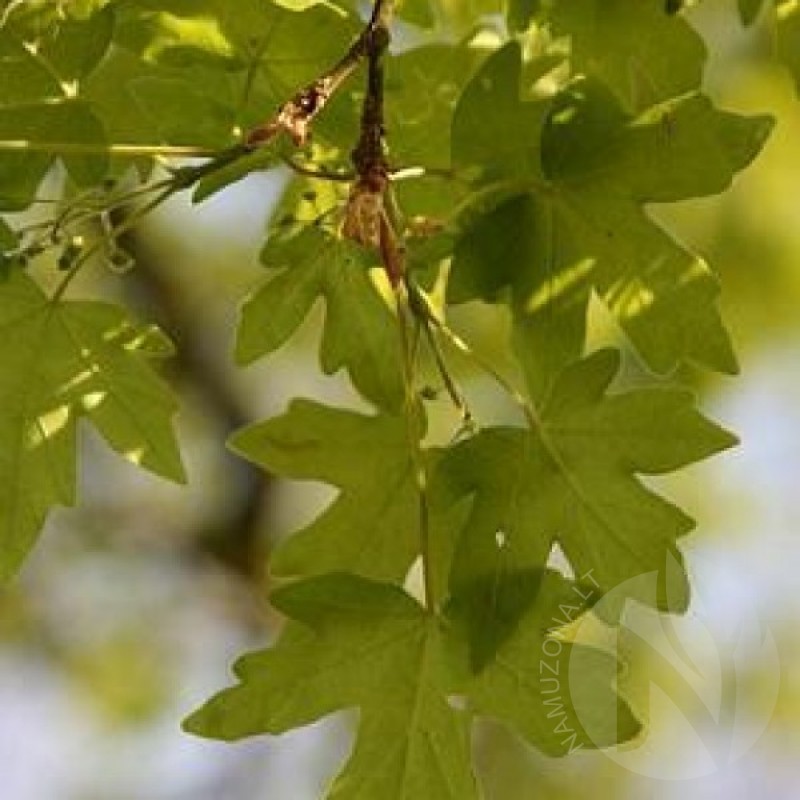
PAY ATTENTION!
All seeds (except SOLD OUT) are available for immediate shipping and will be dispatched within 1-2 business days.
INFORMATION NEEDED? PLEASE CONTACT US NOW!
Tolerant of shearing, pollarding and hard pruning, hedge maple is a densely branched deciduous tree with excellent heat and drought tolerance. Historically, this slow-growing tree has been used to create large hedgerows along the roadways in its native Europe.
In early spring, small clusters of bright yellow-green flowers appear and develop into pretty dangling groups of samaras, or winged seeds to turn from light green to tan with a slight pink blush. The gently lobed, dark green leaves often turn an attractive golden yellow in autumn. These change to brown and often persist on the stem into winter.
An excellent tolerance to a wide variety of soils adds to the popularity of this tough maple. It grows best in full sun but can tolerate part and is an unsurpassed shade tree for difficult planting areas with poor soils.
Genus - Acer
Species - Campestre
Common name - Hedge Maple
Pre-Treatment - Required
Hardiness zones - 4 - 8
Height - 9 - 15 m
Spread - 9 - 10 m
Plant type - Medium Tree
Vegetation type - Decidious
Exposure - Full Sun, Partial Sun
Growth rate - Medium
Soil PH - Acidic, Neutral, Alkaline
Soil type - Clay, Loam, Sand
Water requirements - Drought Tolerant, Average Water
Landscape uses - Feature Plant, Hedges, Screening / Wind Break, Shade Trees
Bloom season - Early Spring
Leaf / Flower color - Green, Light Green / Green, Light Yellow
GERMINATION INSTRUCTIONS
1. Start the cold stratification process in the end of the beginning of the year.
2. Place the seeds in a glass bowl and cover with room temperature water. Allow the seeds to soak for a minimum of 24 hours but no longer than 48 hours.
3. Hold a handful of sterile peat planting medium under a running faucet until the peat is soaked. Squeeze most of the water out of the peat, leaving it moist but not soggy. Place the moist peat into a zip-lock plastic bag.
4. Remove the seeds from the bowl of water and rinse them off under clean running water. Place up to three seeds into the plastic bag containing the peat. Use more peat and plastic bags if you want to germinate more than three seeds.
5. Push the seeds into the peat and seal the plastic bag. Shake the bag to distribute the peat so that it covers the seeds completely. The seeds must be buried in the moist peat in order to germinate.
6. Place the sealed bag in the bottom of the refrigerator. This will serve as the cold stratification. The seeds need to be kept at +4-+7C (34-46F) for a minimum of 60 days, but not longer than 90 days.
7. Open the plastic bag periodically to make sure the peat is still moist. Add water as needed to restore the moisture.
8. Check the weather forecast after 35 days. You can plant the seeds outdoors if all danger of frost has passed. You can wait up to 55 more days, if there is still a possibility of frost and plant the seeds as late as early summer.
9. Plant the seeds by removing them from the peat and rinsing them with clean water. Bury the seeds ensuring that the seeds are covered. Keep the soil moist until the seeds sprout.
No questions about this product.







